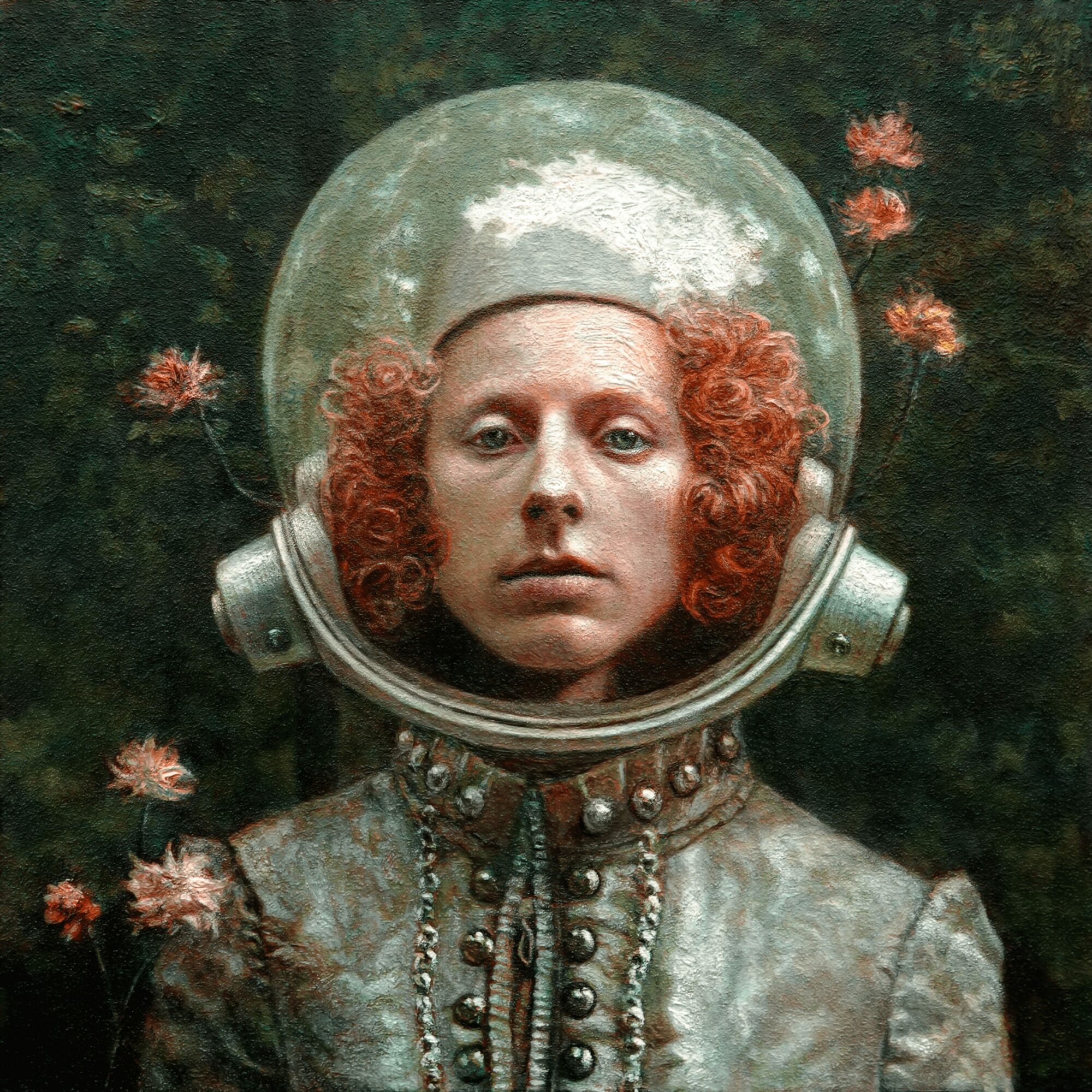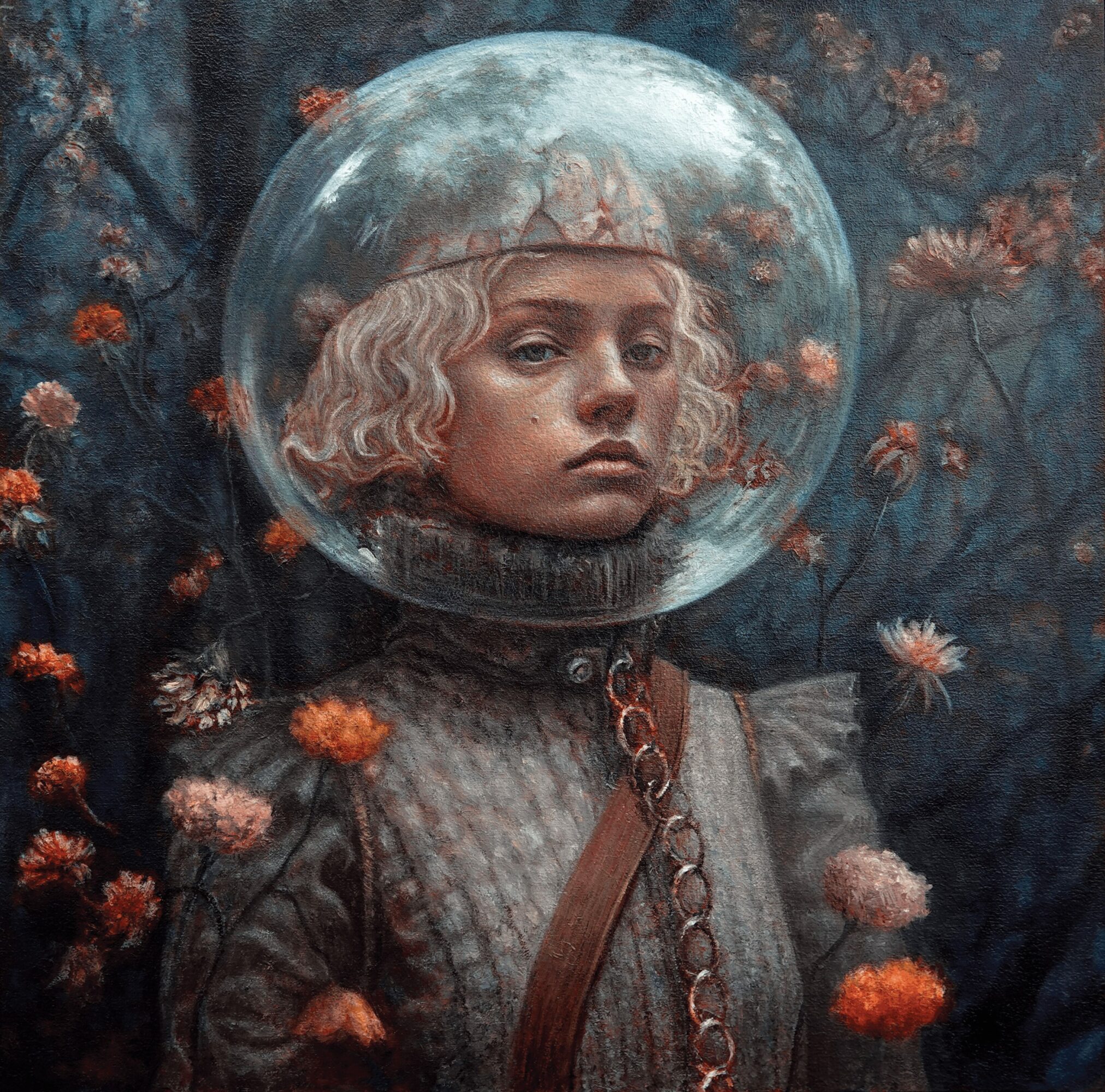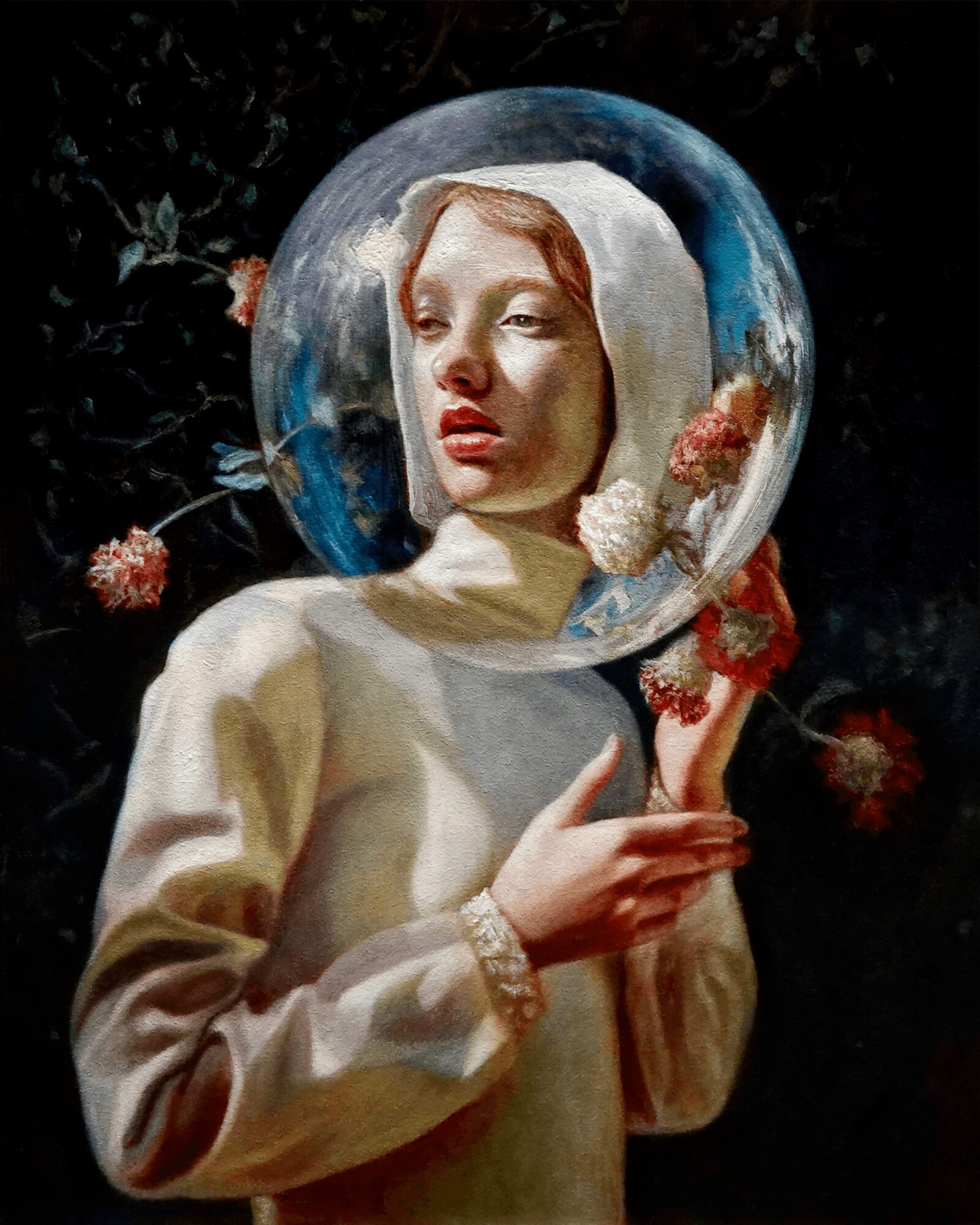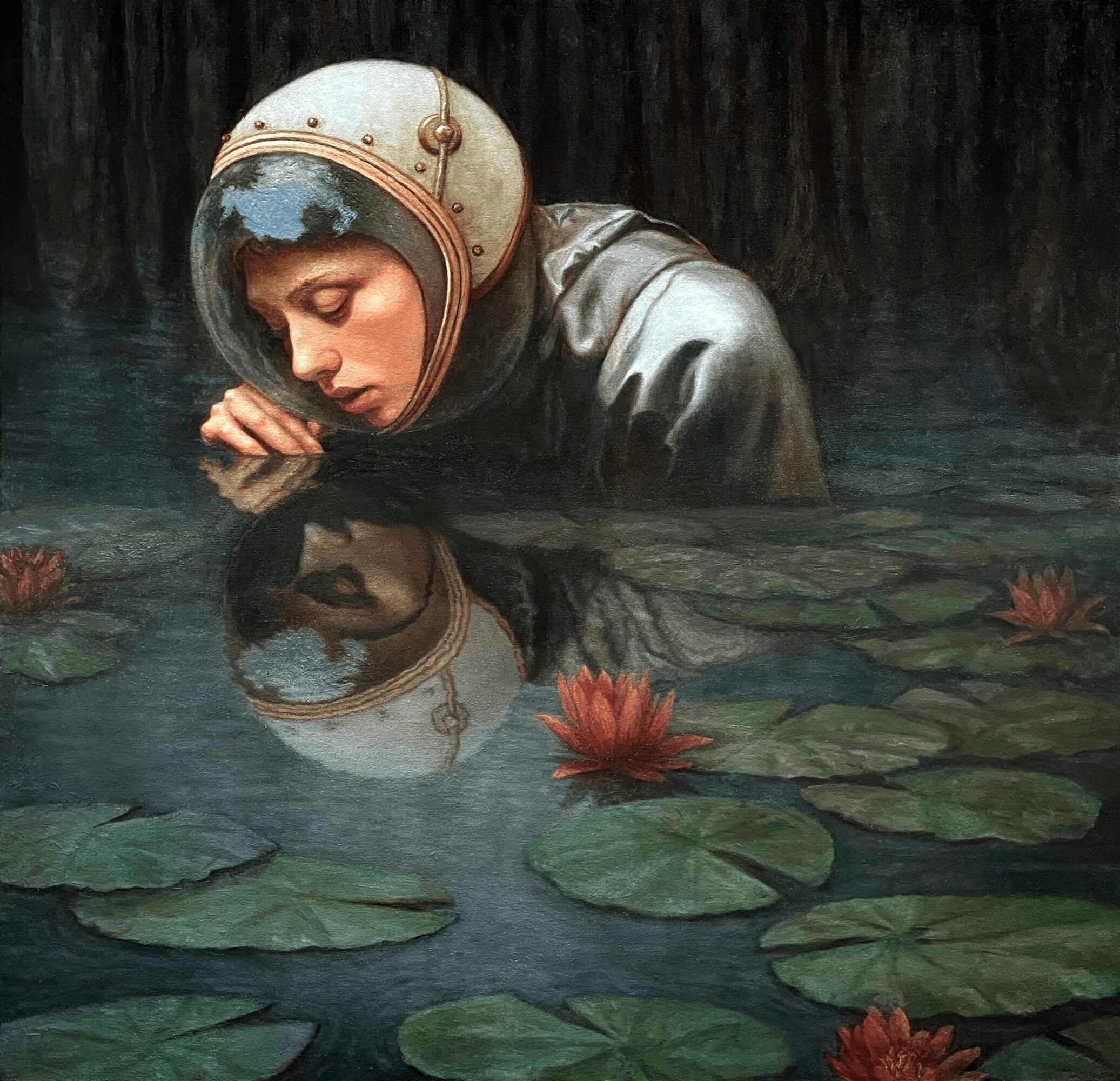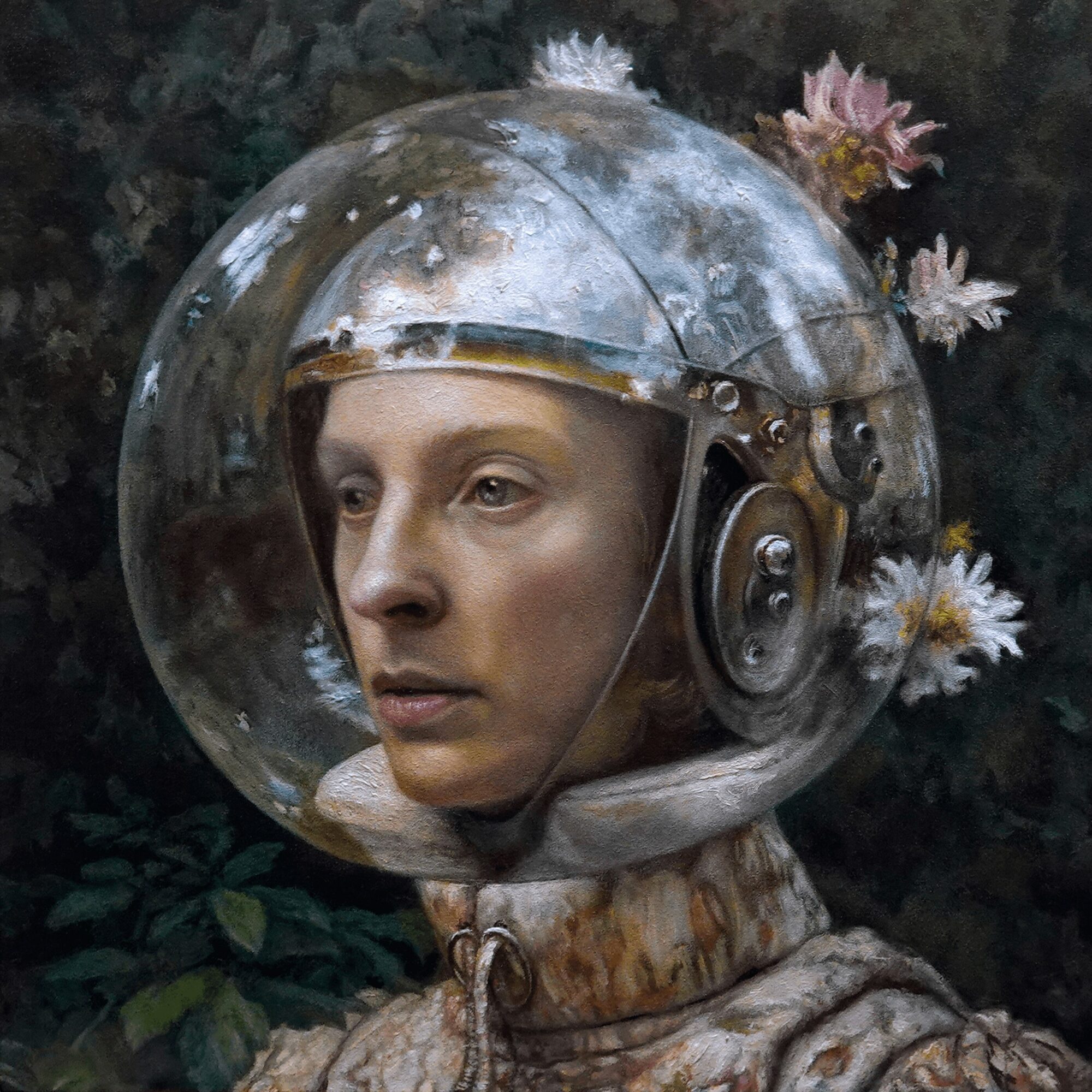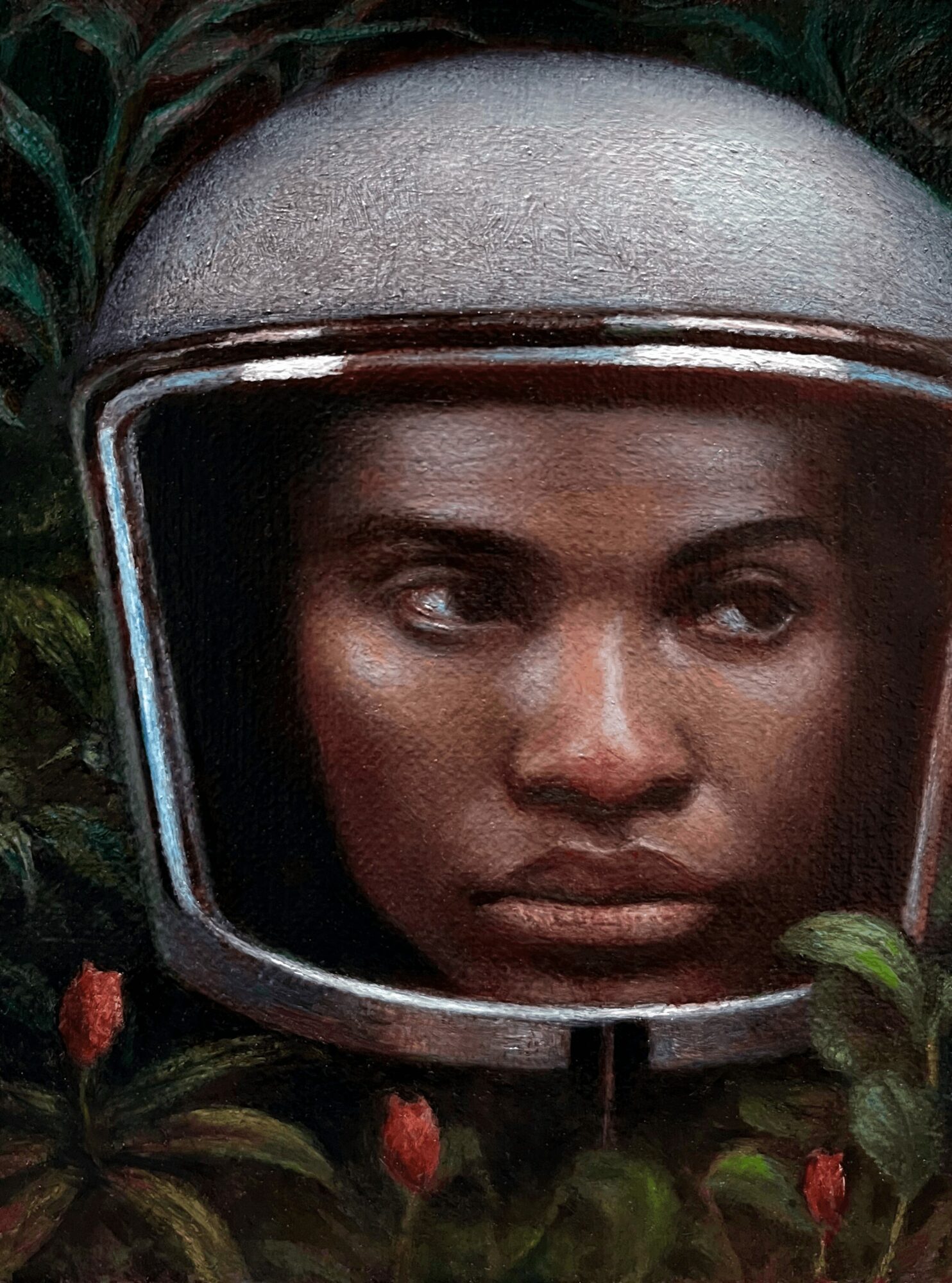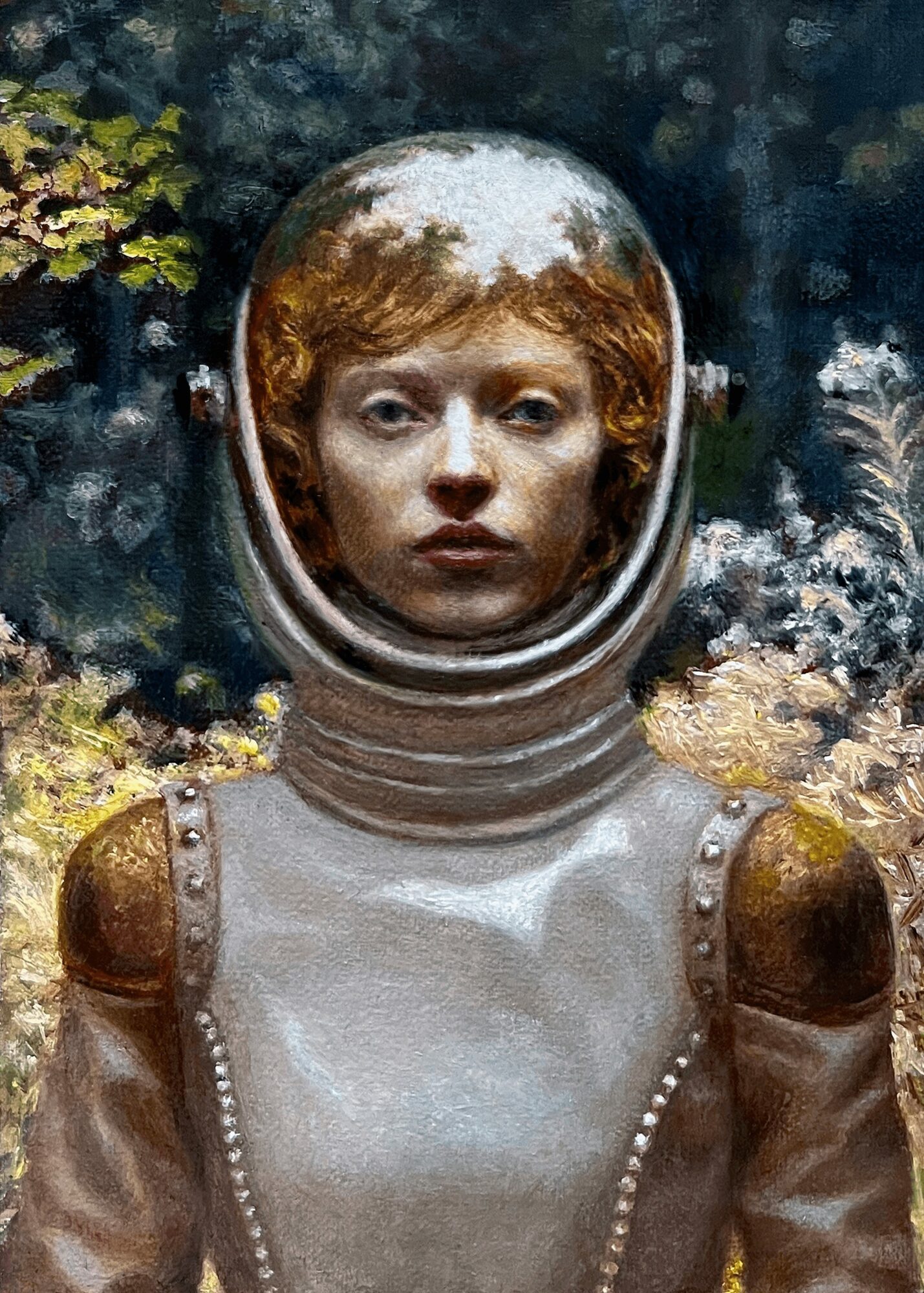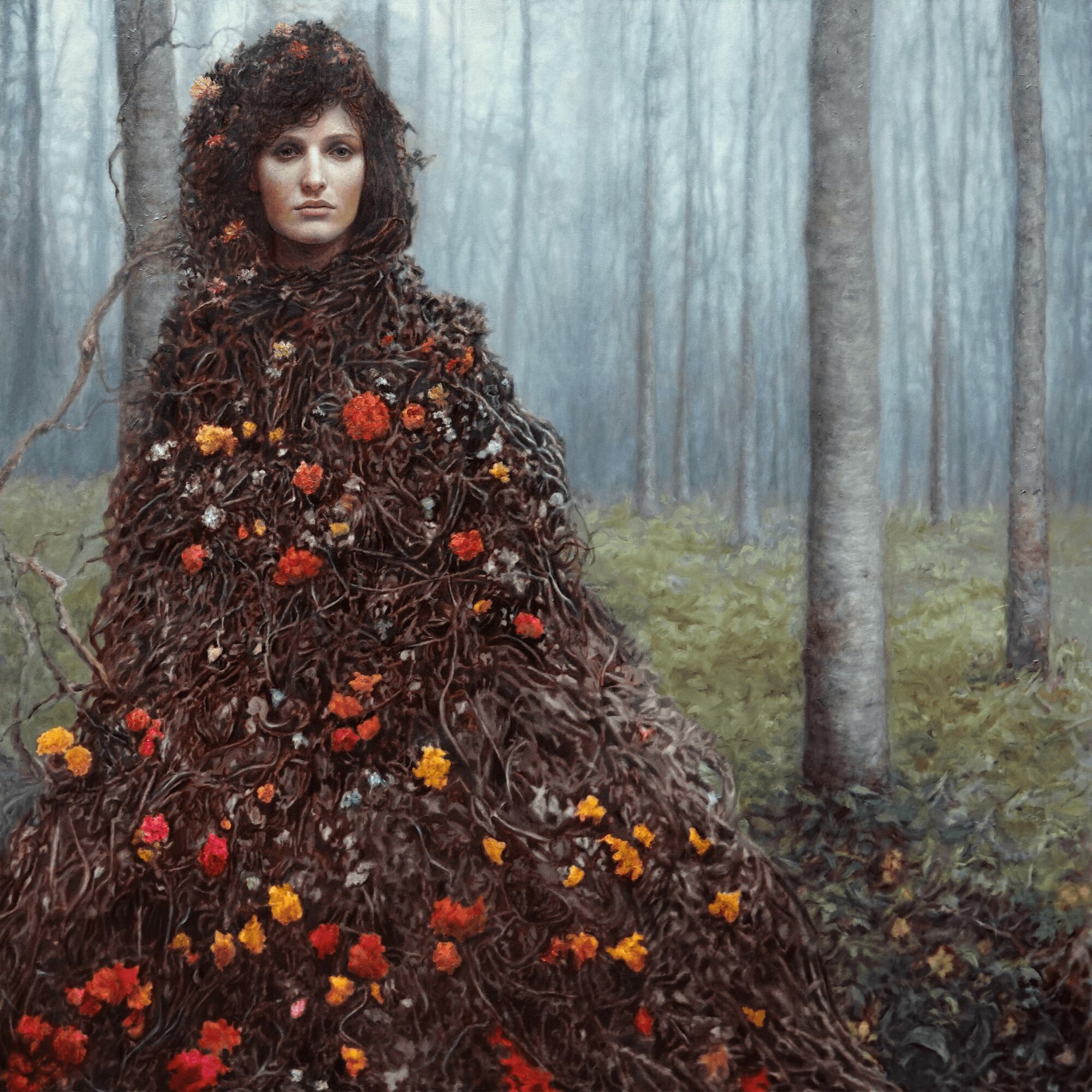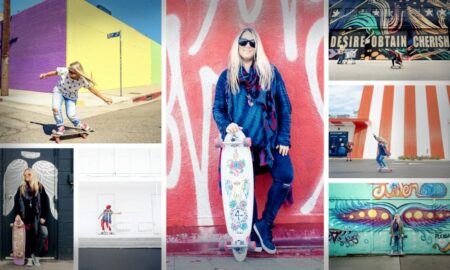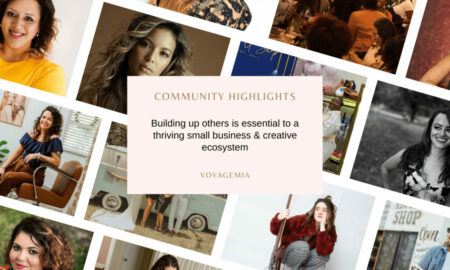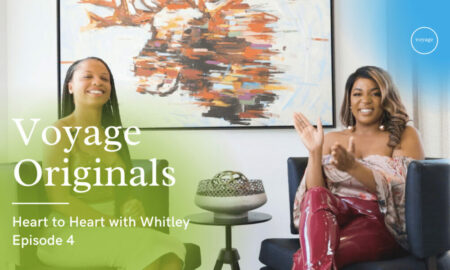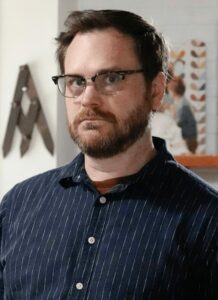 Today we’d like to introduce you to J. Adam McGalliard.
Today we’d like to introduce you to J. Adam McGalliard.
Hi Adam, so excited to have you with us today. What can you tell us about your story?
I have been passionately engaged in the arts for over two decades, starting with an MFA in Painting from the New York Academy of Art in 2003. After graduating, I immersed myself in the vibrant art scene of New York City, where I worked and learned in various capacities—from assisting in Jeff Koons’ studio to teaching at Brooklyn College. These experiences honed my skills and deepened my understanding of art as both a personal and communal endeavor.
Recently, my career has taken an exciting turn with representation by 33 Contemporary in Miami, which has introduced my work to new audiences at Context Art Miami this past year. This new chapter is not only a testament to my past efforts but also a promising gateway to future opportunities and artistic development.
Additionally, I have recently accepted the position of Assistant Professor of Drawing and Painting at the University of North Florida, a role that allows me to share my expertise and passion for art with the next generation of artists, further intertwining my professional achievements with educational pursuits.
We all face challenges, but looking back would you describe it as a relatively smooth road?
The path to becoming an established artist has certainly not been a smooth one; it has been filled with numerous challenges and learning experiences. One of the most significant struggles has been the financial uncertainty that often accompanies a career in the arts.
After graduating from the New York Academy of Art, I had to balance my passion for creating my own artwork with various other jobs, such as running errands in the Fabric District, painting sets for Broadway productions, and working in Jeff Koons’ studio. These roles, while enriching, were often a means to an end, supporting me financially while I developed my personal style and body of work.
Additionally, the artistic journey is also inherently a personal challenge, involving constant self-evaluation and renewal. Establishing a unique voice and vision in a crowded field requires not only technical skills but also a deep personal commitment and the ability to rebound from rejection and critique.
Moving back to the South and stepping into roles such as an art director and now a professor while maintaining an active presence in exhibitions and galleries has required a delicate balance of persistence, resilience, and adaptability. These experiences, however challenging, have been crucial in shaping my artistic identity and professional path.
Alright, so let’s switch gears a bit and talk business. What should we know about your work?
As a contemporary realist painter, I specialize in using traditional oil painting techniques to explore complex themes such as identity and reality in the context of the digital age. My work is known for its depth, precision, and thought-provoking content. The “Projections” series, for instance, is a hallmark of my career, where I delve into the nuanced interplay between self-perception and external perception, capturing the essence of individual identities through a blend of realism and abstraction.
My most recent series, “Erewhon,” adds a new dimension to my body of work. This series consists of oil paintings and pastel drawings depicting unreal figures in unreal places and times, reflecting on societal collapse and the shifting dynamics between humans and nature amid extreme polarization and environmental upheaval. The term “Erewhon,” an anagram of “nowhere,” originates from Samuel Butler’s 1874 satirical novel, which critiqued Victorian society. In a similar vein, my “Erewhon” series uses these fantastical landscapes to question and critique our current world.
What I am most proud of is my ability to merge classical painting techniques with modern themes and technologies like Artificial Intelligence, creating artworks that resonate with contemporary audiences while paying homage to the Old Masters. This blend of the old and the new not only defines my unique style but also allows me to communicate complex, layered narratives about human nature and societal shifts.
What sets me apart from others is my commitment to this dual exploration of technique and theme. Additionally, my role as an educator allows me to continually refine my approach to art, staying connected to emerging trends and perspectives while imparting traditional skills and critical thinking to the next generation of artists. This ongoing engagement in both the creation and teaching of art enriches my practice and keeps my work relevant and impactful.
Where do you see things going in the next 5-10 years?
Over the next 5-10 years, I anticipate several significant shifts and trends within the art industry. One of the most profound changes is the increasing integration of digital technology into traditional art practices. The rise of artificial intelligence, for instance, is already starting to reshape how artists create, market, and sell their work. Tools like AI-generated visual references are becoming more commonplace, allowing artists to explore new creative territories and engage with audiences in innovative ways.
Additionally, there is a growing movement towards more inclusive and diverse representation in the art world. This trend is pushing galleries, museums, and educational institutions to broaden their scope and include a wider range of voices and perspectives. This shift is not only a matter of equity and representation but also enriches the cultural landscape, offering audiences more varied and profound artistic experiences.
Sustainability will also become a more pressing concern, influencing materials used in art production and the themes explored by artists. As global awareness of environmental issues grows, sustainable practices will likely be more prominently featured in artistic workflows and thematic explorations, reflecting the industry’s response to global challenges.
Finally, the geographic centers of the art world are beginning to shift. While traditional hubs like New York, Paris, and London continue to play significant roles, cities like Miami, Berlin, and Shanghai are emerging as new centers of artistic innovation and dialogue. This decentralization allows for a more global interaction among artists and audiences, further enriching the global art scene.
These trends, among others, indicate that the art industry is moving towards a more technologically integrated, diverse, and globally connected future. As an artist and an educator, staying abreast of these changes is essential for adapting and thriving in this evolving landscape.
Contact Info:
- Website: https://www.mcgalliard.net/
- Instagram: https://www.instagram.com/adammcgalliard/
- Facebook: https://www.facebook.com/jadamcgalliard/
- Linkedin: https://www.linkedin.com/in/j-adam-mcgalliard/
- Other: https://www.artsy.net/artist/j-adam-mcgalliard
